24+ Sample Media Fact Sheet
-

Media Fact Sheet Template
download now -
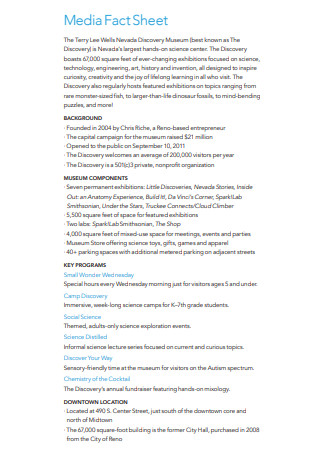
Basic Media Fact Sheet
download now -
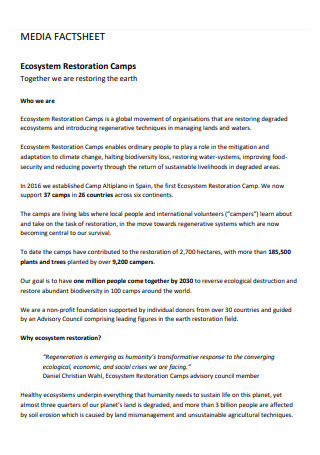
Media Fact Sheet Example
download now -
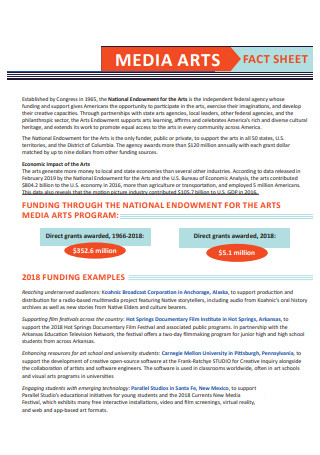
Media Arts Fact Sheet
download now -
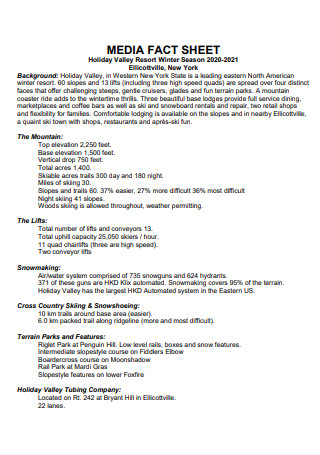
Standard Media Fact Sheet
download now -
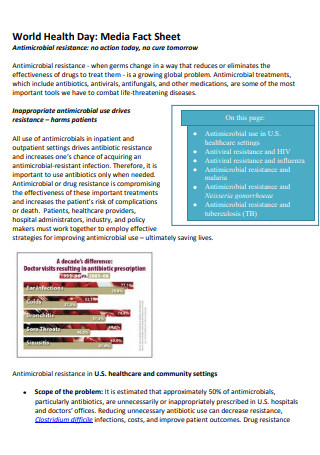
World Health Day Media Fact Sheet
download now -
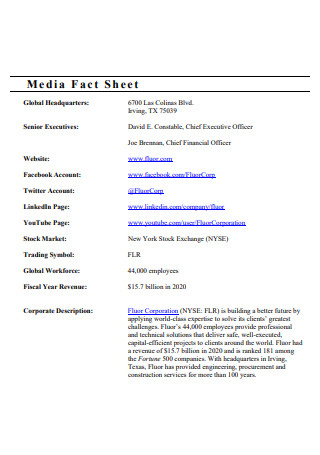
Formal Media Fact Sheet
download now -
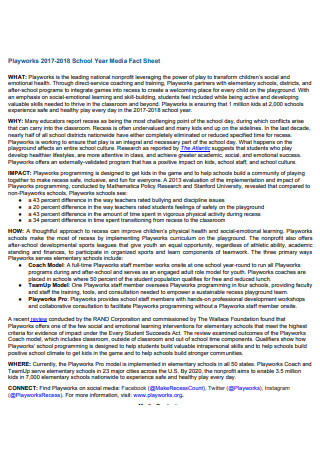
School Year Media Fact Sheet
download now -
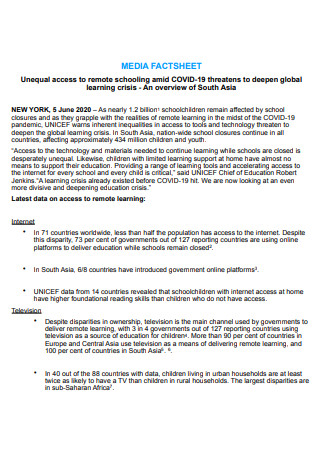
Media Fact Sheet in PDF
download now -
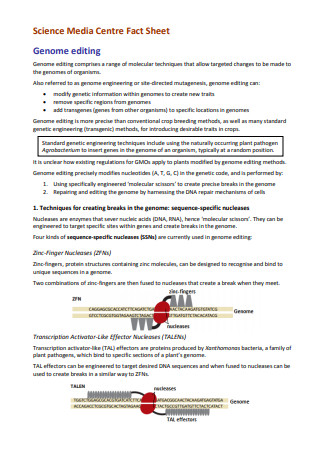
Science Media Centre Fact Sheet
download now -
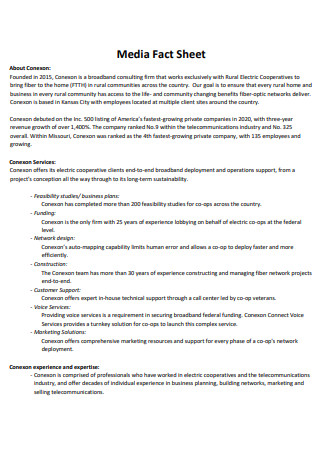
Sample Media Fact Sheet
download now -
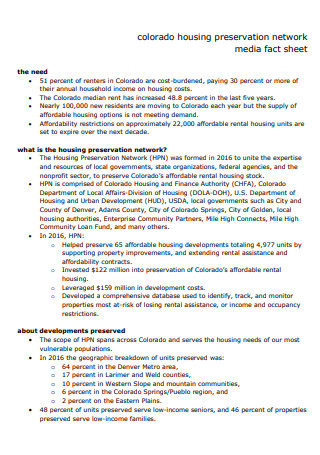
Network Media Fact Sheet
download now -
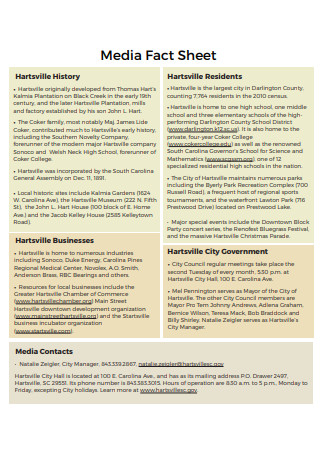
Printable Media Fact Sheet
download now -
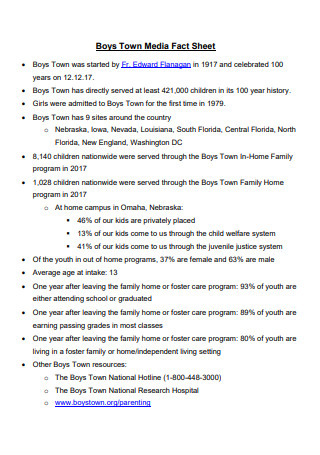
Town Media Fact Sheet
download now -
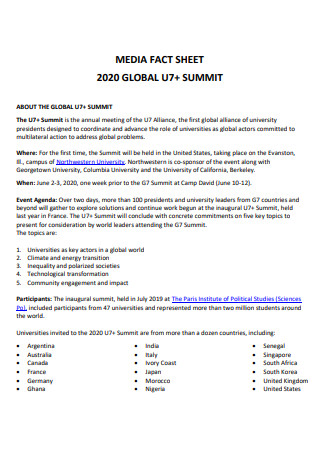
Global Media Fact Sheet
download now -
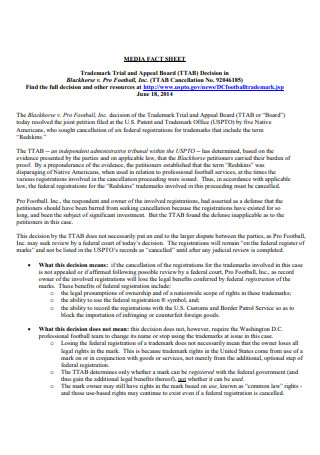
Media Fact Sheet Format
download now -

Media Ownership Fact Sheet
download now -

Media Program Fact Sheet
download now -
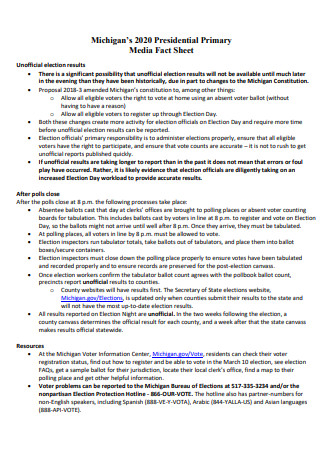
Primary Media Fact Sheet
download now -
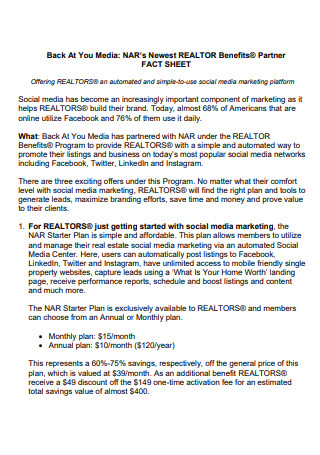
Media Partner Fact Sheet
download now -
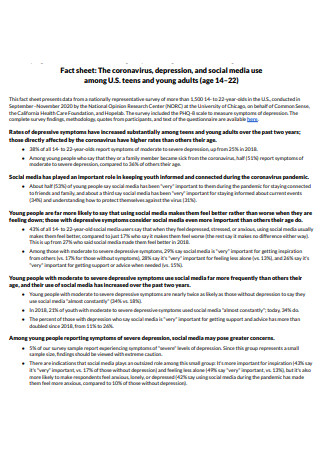
Draft Sample Media Fact Sheet
download now -
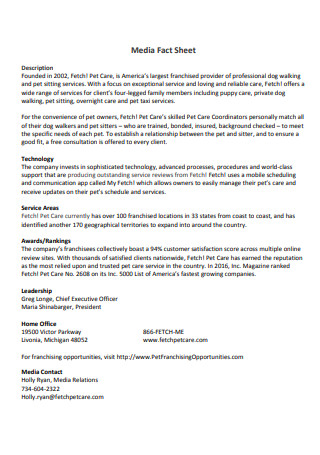
Simple Media Fact Sheet
download now -
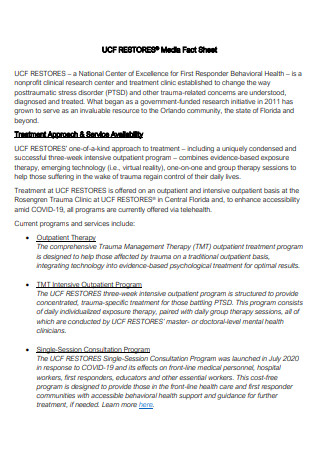
Restores Media Fact Sheet
download now -
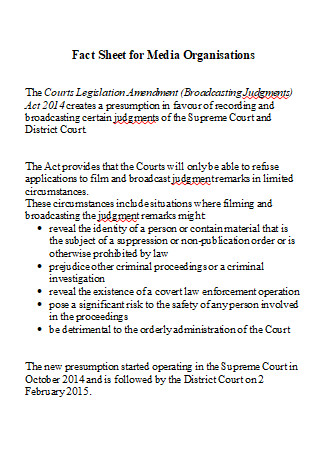
Media Organisation Fact Sheet
download now -
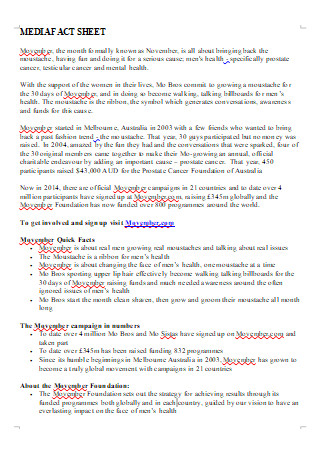
Media Fact Sheet in DOC
download now
FREE Media Fact Sheet s to Download
24+ Sample Media Fact Sheet
What is a Media Fact Sheet?
What Comprises a Press Kit?
Structuring the Media Fact Sheet
How to Write a Media Fact Sheet?
Benefits of Having a Media Fact Sheet
FAQs
Why is the media fact sheet important?
What differentiates a fact sheet from a media fact sheet?
Is a social media fact sheet considered a media fact sheet?
What is a Media Fact Sheet?
A Fact Sheet is a document that provides essential information about a specific topic. It is a summary focusing on a particular person, event, product, or service. The media fact sheet definition is that it contains important information and facts about the company and higher-ups who may be communicating with the news media. Working with a company, they may already have this prepared. And if not, continue reading on to know how to add a media fact sheet to your company.
What Comprises a Press Kit?
Before jumping right into making a media release fact sheet, a Press Kit should be discussed to give you more information on why it is one of the materials listed.
Basically, a press kit contains promotional material and resources for editors and journalists. This is mostly when major stories or events are held that require additional information especially involving the company you are with. Press kits may even be given through a hardcopy which is mostly official folders containing your company’s logo or a softcopy which could be sent either through email or the preferred online storage site as a zip file.
According to Ohio State Press Books, there are five materials that are found in a press kit:
Fact Sheet: As stated above, a fact sheet is merely a summary of important information about a relevant topic. You have to be aware of how you word the details contained in this section as it may be crucial to whoever will be receiving it as they scan the contents. You can’t submit your official folder or zip file without rechecking that the information placed in this section is valid and concise. Otherwise, reporters may be confused and take less interest in your fact sheet. Or worse, they may need to do additional calls or emails to clarify a thing or two about the fact sheet. Which will lengthen their process of making a write-up. List of Photo Opportunities: News stories are not complete without the aid or accompaniment of photos. Why is that? It is mainly because photojournalism invokes even more emotion from readers, making it an effective tool to engage the audience for their responses. Enumerating potential photo ideas helps visualize the reporter in knowing the angle of the story that your company wants. In the digital age now, numerous photos (stock images or not are being released worldwide. But one thing should never be forgotten, which is consent and copyright. Photo Release Forms helps in identifying the agreement between the media or photographer and the people involved in the scene of the photo. Media Alerts: Not all announcements require the presence of an immediate release for the press, rather notifying the media of the opportunity would instead be a viable option. A media alert or advisory is sent to reporters for an interview opportunity, press conferences, or even upcoming events that they may take an interest in covering. It is short and concise, offering the most basic information available. It isn’t even actually meant to be published verbatim, hence sending the reporters the main five Ws (Who, What, When, Where, Why) and H (How) format, listing them out in bullets to be straight to the point.
Structuring the Media Fact Sheet
Writing a media fact sheet may be tricky to some, a one-page document where you have to convey a lot of information isn’t easy to write. Plenty of questions may confuse you: How would you attract the attention of news outlets in a concise manner? How can you make reporters understand the point of your company? And a lot more.
One piece of advice is to follow the writing manner that journalists do, using an Inverted Pyramid. The purpose of this is that no matter how much are readers willing to finish the write-up, at least the main point has been stated and they won’t need to scan the document until the end for the conclusion. Keep reading to find answers to your questions.
How to Write a Media Fact Sheet?
Now that a press kit has been established, it is time to expound on what really goes into writing a fact sheet for media kit. The earlier information wasn’t meant to confuse you, but to merely clarify the role and purpose that a media fact sheet serves along with the press kit.
Although media fact sheet samples and sheet templates are provided, you would still need to know what to fill in those documents.
Step 1: Create a Striking Headline
This is a common term among journalists and reporters. From the word itself, the headline is stated in one sentence that summarizes the main takeaway of your media fact sheet. Often times it is intentionally structured to be attention-grabbing so that readers will then be hooked to read the rest of the content. This may be the most challenging part because you only have twelve words to encapsulate your entire media fact sheet. Although not necessary but the fewer the words, the better. Think of it as a long title that states the main point of your media fact sheet for the press.
Step 2: A Summary of Most Important Information
Following the headline is a paragraph about other important information of the purpose of your media fact sheet. This is the part where you elaborate more on what you have placed in the headline. You don’t have to be too imaginative or excessively use figures of speech, being direct to the point will help not waste your time in coming up with those terms as well as save the time of the news outlet as they browse your media fact sheet. It may be seen as a positive defense and explanation for your headline.
and establish your company’s intentions and goals.
Step 3: Bullet-Point List of Supporting Facts
The next thing to add is a simplified list through bullet points where you expound on the supporting facts that can help prove the point your company is trying to convey. Charts, graphs, and statistics may not be required but you are free to state them if they are vital to your business, product, or other intentions. Remind yourself that the supporting facts you will be listing are not merely to show off that you did your research but actually have them accompany your media fact sheet with purpose.
Step 4: Call to Action
The purpose of a call to action or abbreviated as CTA is mainly to encourage readers or audience to join in on your company’s affiliated cause. This section may not be applicable to all media fact sheets, especially if the contents of your media fact sheet strays away from advocacies, events with charities, an awareness campaign, etc. The call to action all have designated purposes, depending on which is involved with your company. Of course, media fact sheets are still important even without this section. But adding this in will make reporters or journalists know that your company stands with a valiant campaign over a certain issue or whatnot.
Step 5: Sources or Attributions
Giving credit where credit is due is an important thing that journalists value. Imbued with the principle that plagiarism is a sin, they would not want anything to do with such a crime. This is why stating references are important in order to avoid being copyrighted or being questioned as to how your company has gained that information. Besides that, stating sources helps journalists find your media fact sheet to be credible and can aid them if ever they do need to do additional research. Don’t overdo it though and only add essential attributions, it isn’t a competition to have such a long list.
Step 6: Where to Go For More Information
In order not to abruptly end your media fact sheet, you have to provide your company’s details and contact information. If you wrote it yourself or are in the position to be contacted by the journalists, you can add in your Phone and Email Contact Lists so it would be easier for them to reach out for a response, feedback, or additional inquiries to clear out the confusion. Additionally, you can place the company’s email, website page, or official social media accounts if they have such.
Benefits of Having a Media Fact Sheet
If you still need convincing,zzzzzzzzzere are additional facts as to how beneficial making a media fact sheet is for your company.
FAQs
Why is the media fact sheet important?
A media fact sheet saves a reporter the time and effort of researching who you are, what your company is about, and why you are reaching out to the news outlet in the first place for a media release fact sheet. Take a look at Company Fact Sheet for more information.
What differentiates a fact sheet from a media fact sheet?
A regular fact sheet may have its other designated purpose whereas a media fact sheet is mainly for reporters or news outlets so that they will take an interest to cover your company or an event your company is handling. View the media fact sheet examples to get a better picture.
Is a social media fact sheet considered a media fact sheet?
No, because they serve different purposes and the contents are much different.
Wanting the news outlets to cover your company may be tricky if they don’t see anything of value to write about, and even if they do, they may be too busy to strenuously gather information about your company. So to have the information upfront through a media fact sheet may ease their difficulty in additional research. A media fact sheet effectively communicates to the news outlets that you are ready and prepared to deal with them swiftly and efficiently. Typically, reporters are on a tight timeline and need immediate information so cooperating with them creates a greater working relation.
